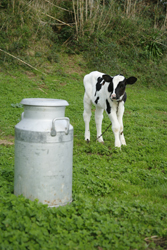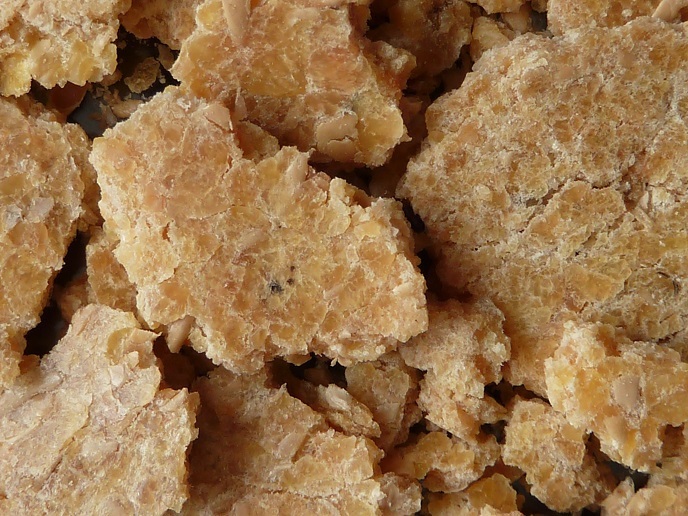Stopping the loss of our ozone
The EU-funded Thaloz project investigated the role of reactive halogens, including iodine, in the depletion of ozone in the troposphere, the part of the atmosphere closest to the earth's surface. Gases that act as a source of atmospheric iodine are easily broken down by sunlight in a process known as photolysis, which provide iodine atoms. The atoms react with ozone to form iodine monoxide (IO), which can speed up ozone loss. One possible answer to the IO problem is to find a molecule that will act as a reservoir. IO reacts with nitrogen dioxide (NO2), another gas found in the troposphere. Together they form gaseous iodine nitrate (IONO2). Scientists from the University of Cambridge measured the ultraviolet (UV) absorption spectrum of IONO2 to determine the part it could play in mopping up the reactive gas, IO. The measurements taken by the Cambridge team revealed that under normal sunny conditions IONO2 has a lifetime of under a minute. Therefore, it would not appear to be a stable reservoir of atmospheric iodine during the hours of daylight. Dated collected by the Thaloz project was used to build more accurate computer models of atmospheric chemistry and ozone depletion. The models can help scientists gain a greater understanding of how chemical processes affect atmospheric composition and the climate and how it could change in the future.







